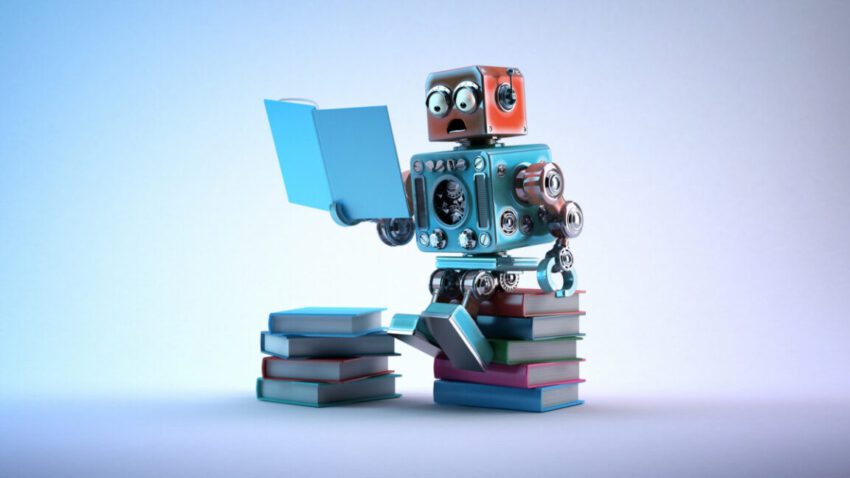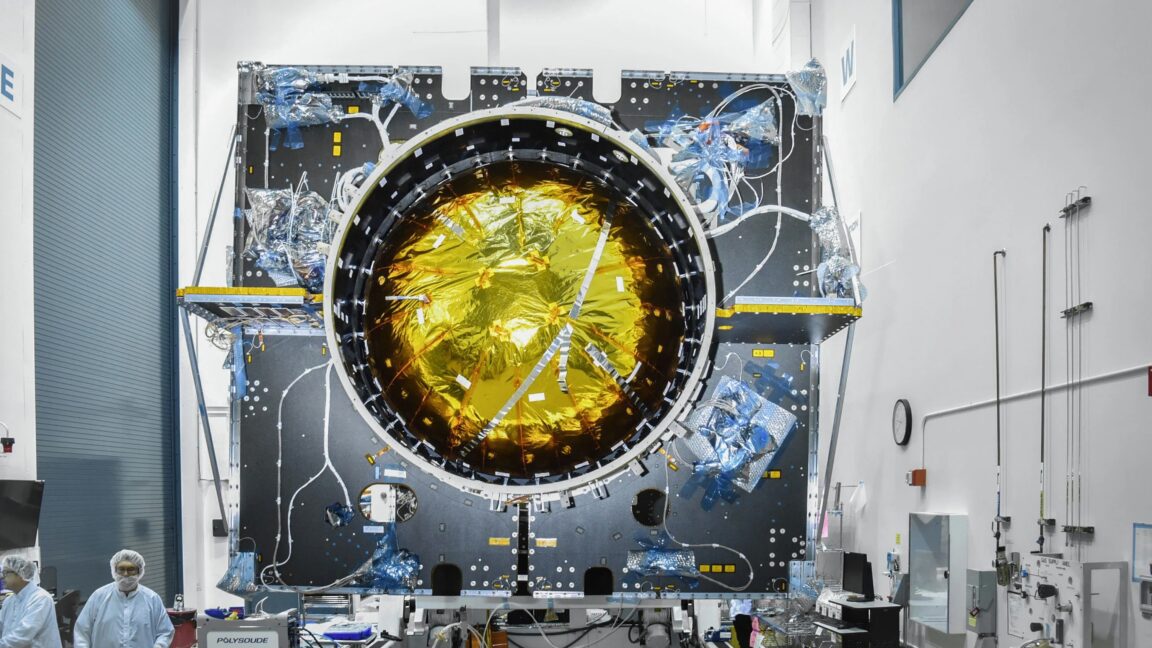
researchers isolate memorization from reasoning in ai Recent research has unveiled a significant distinction between memorization and reasoning in AI language models, suggesting that these functions operate through separate neural pathways.
researchers isolate memorization from reasoning in ai
Understanding AI Language Models
AI language models, such as GPT-5, are designed to process and generate human-like text based on vast amounts of training data. These models learn from a diverse array of sources, including books, articles, and websites, allowing them to mimic human language patterns. However, as they evolve, two primary capabilities have emerged: memorization and reasoning.
Memorization vs. Reasoning
Memorization refers to the model’s ability to recall exact phrases or passages it has encountered during training. This can manifest in the form of verbatim quotes or specific information that the model has “memorized.” On the other hand, reasoning involves the model’s capacity to apply general principles to solve new problems or generate novel responses. This distinction is crucial for understanding how AI models function and their potential applications.
Research Findings from Goodfire.ai
A recent study conducted by researchers at Goodfire.ai has provided compelling evidence that these two functions—memorization and reasoning—are not only distinct but also operate through separate neural pathways within the model’s architecture. The findings were detailed in a preprint paper released in late October, which has garnered attention for its implications on AI development.
Methodology of the Study
The researchers employed a systematic approach to investigate the neural pathways involved in memorization and reasoning. They focused on the OLMo-7B language model developed by the Allen Institute for AI, examining the activation patterns of different weight components within the model’s layers.
One of the key aspects of their methodology was the surgical removal of memorization pathways. By isolating these pathways, the researchers aimed to assess the impact on the model’s overall capabilities. The results were striking: when the memorization pathways were removed, the model lost 97 percent of its ability to recite training data verbatim. However, its logical reasoning abilities remained largely intact.
Activation Patterns in Neural Layers
To illustrate their findings, the researchers analyzed the activation patterns at various layers of the OLMo-7B model. They discovered that at layer 22, the bottom 50 percent of weight components exhibited a 23 percent higher activation rate when processing memorized data. In contrast, the top 10 percent of weight components showed a 26 percent higher activation rate when dealing with general, non-memorized text. This clear mechanistic split highlights the distinct roles that different neural pathways play in the functioning of AI language models.
Implications of the Research
The implications of this research are profound, particularly in the context of AI development and deployment. Understanding that memorization and reasoning are processed through separate pathways opens new avenues for enhancing the capabilities of AI models. Developers can potentially refine models to either bolster reasoning skills or optimize memorization, depending on the intended application.
Applications in AI Development
One immediate application of this research is in the field of natural language processing (NLP). By leveraging the insights gained from the study, engineers can create more efficient models that prioritize reasoning over rote memorization. This could lead to advancements in areas such as automated customer support, content generation, and even creative writing, where nuanced understanding and reasoning are paramount.
Ethical Considerations
As AI models become increasingly sophisticated, ethical considerations surrounding their use also come to the forefront. The ability to distinguish between memorization and reasoning raises questions about the reliability and accountability of AI-generated content. For instance, if a model is primarily relying on memorization, it may inadvertently propagate misinformation or biased perspectives present in its training data.
Conversely, models that excel in reasoning may offer more reliable outputs, but they also require rigorous testing to ensure that their reasoning processes align with ethical standards. Developers must remain vigilant in addressing these concerns as they refine AI technologies.
Stakeholder Reactions
The research findings have elicited a range of reactions from stakeholders across the AI community. Many researchers and developers have expressed enthusiasm about the potential for improved AI models that can better differentiate between memorization and reasoning. The ability to enhance reasoning capabilities could lead to more intelligent systems that can engage in complex problem-solving tasks.
Industry Perspectives
Industry leaders have also weighed in on the significance of these findings. Some have highlighted the potential for more robust AI applications in sectors such as healthcare, finance, and education, where accurate reasoning is critical. For example, in healthcare, AI models that can reason through patient data and medical literature may assist doctors in making informed decisions.
Concerns from the Academic Community
However, not all reactions have been positive. Some academics have raised concerns about the implications of separating memorization and reasoning in AI models. They argue that while this distinction is valuable, it may oversimplify the complexities of human cognition and the ways in which humans integrate memory and reasoning. Critics emphasize the need for a holistic approach to AI development that considers the interplay between these functions.
Future Research Directions
The findings from Goodfire.ai’s research pave the way for future investigations into the neural mechanisms underlying AI language models. Researchers may explore additional layers and components within models to further elucidate how different functions are processed. Moreover, there is potential for cross-disciplinary collaboration, drawing insights from neuroscience and cognitive psychology to inform AI development.
Potential for Hybrid Models
One intriguing avenue for future research is the development of hybrid models that can seamlessly integrate memorization and reasoning. Such models could leverage the strengths of both pathways, allowing for more nuanced and context-aware responses. This could enhance user interactions with AI systems, making them more intuitive and effective.
Long-Term Implications for AI
As AI continues to evolve, understanding the fundamental mechanisms that drive its capabilities will be crucial. The separation of memorization and reasoning not only informs model development but also shapes the broader discourse on the role of AI in society. As these technologies become more integrated into daily life, ensuring their reliability and ethical use will remain a paramount concern.
Conclusion
The research conducted by Goodfire.ai represents a significant advancement in our understanding of AI language models. By isolating memorization from reasoning, researchers have uncovered a clearer picture of how these functions operate within neural networks. As the implications of this research unfold, it will be essential for developers, researchers, and policymakers to collaborate in shaping the future of AI in a way that maximizes its benefits while addressing ethical considerations.
Source: Original report
Was this helpful?
Last Modified: November 11, 2025 at 6:36 am
3 views















